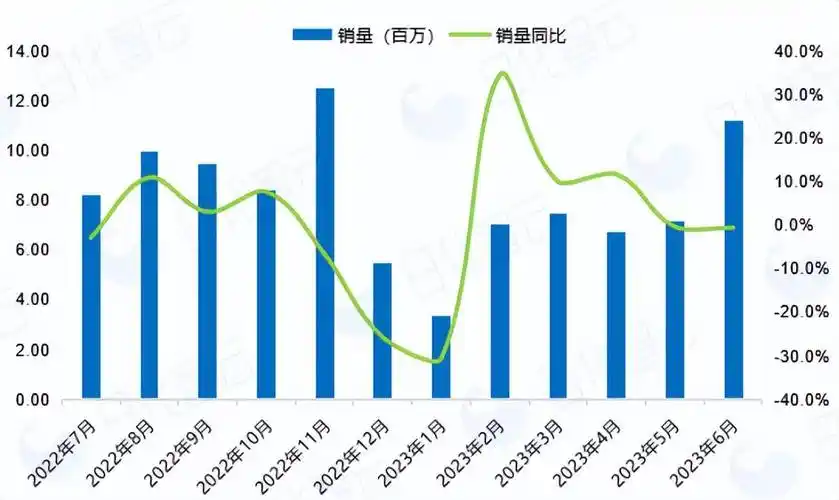The Best Mining Machines for ROI: Price Comparison for Savvy Investors
In the rapidly evolving world of cryptocurrencies, mining remains a cornerstone activity that fuels decentralized networks like Bitcoin (BTC) and Ethereum (ETH). For investors eyeing lucrative returns, selecting the best mining machines carefully can dramatically impact their ROI (Return on Investment). These powerful devices, ranging from ASIC miners to GPU rigs, are the engines driving blockchain validation, transaction processing, and token generation. However, the challenge lies not just in picking a machine with high computational power, but weighing price, energy efficiency, network difficulty, and hosting environments – all critical factors that tip the balance between profit and loss.
Cryptocurrency mining machines embody diversity not only in hardware architecture but also in their targeted currencies. For example, Bitcoin’s SHA-256 algorithm favors Application-Specific Integrated Circuit (ASIC) miners designed explicitly for hash power maximization. In contrast, cryptocurrencies like Ethereum leverage memory-intensive Ethash algorithms, often mined efficiently via GPU rigs. Meanwhile, alternative coins such as Dogecoin (DOG) utilize merged-mining with Litecoin, which can influence the type of hardware chosen by miners who want to diversify their digital asset portfolio while optimizing operational costs.

Mining rig selection becomes a tactical decision as market prices fluctuate, and the mining difficulty adjusts continuously. Savvy investors must conduct a rigorous price comparison, analyzing machine cost per hash rate and power consumption to calculate break-even timelines. For instance, a cutting-edge Bitcoin miner such as the Antminer S19 Pro offers tremendous hash rates of up to 110 TH/s, yet demands a proportional electricity budget. On the flip side, a moderately priced machine like the Whatsminer M30S might offer a balance between affordability and power, especially appealing for smaller-scale operations or entry-level miners. Ultimately, the efficacy of these machines cannot be judged in isolation; the hosting environment, including electricity rates and climate control, plays a profound role.
Hosting mining machines in dedicated mining farms exponentially amplifies the advantage. Mining farms, equipped with advanced cooling systems and access to cheap renewable energy, significantly reduce operational expenses whilst heightening uptime reliability. By colocating their rigs in such farms, investors can leverage economies of scale, enhanced security, and professional maintenance. This model also helps hedge risks associated with hardware malfunctions and volatility in crypto prices. Moreover, mining farms support multi-currency mining strategies, enabling seamless switching between BTC, ETH, DOG, or newly emerging altcoins based on profitability — a dynamic that keeps mining continuously advantageous.

Diving deeper into the mining ecosystem, exchanges and trading platforms complement mining operations by providing liquidity and market access. After mining Bitcoin or Ethereum, users need reliable exchanges to convert these digital assets into fiat or other cryptocurrencies profitably. Some platforms also offer integrated wallet services with staking, lending, and yield farming options, thus enhancing passive income streams. This interconnectedness between mining output and exchange functionality underscores the importance of a holistic investment strategy beyond mere machine acquisition.
Technical innovation continues to surge forward. Emerging miners boasting improved chip architecture and AI-assisted optimization algorithms are revolutionizing mining efficiency. This leap means hardware that is smarter, faster, and more resilient. Simultaneously, the increasing centralization concerns in large mining pools underscore the importance of decentralized mining rigs to preserve the innate security and fairness of blockchain networks. Investors keen on sustainability weigh these aspects carefully, as environmental impact and regulatory pressures also shape long-term profitability and legitimacy in crypto mining.
In summation, the best mining machines for ROI are those that harmonize cost-efficiency, performance, adaptability, and hosting solutions. The Bitcoin miner’s raw hashing power must be balanced against electricity rates and climate, while Ethereum miners require GPU flexibility and memory capacity. Hosting farms present unmatched operational advantages, and savvy investors must also incorporate the fluid dynamics of crypto markets and exchange ecosystems. By adopting a diversified approach, which may include Dogecoin’s merged-mining potential or Ethereum’s proof-of-stake shift, miners can strategically navigate the volatile terrain for sustained gains. Whether deploying standalone hardware or leasing capacity within a mining farm, thoughtful investment decisions will decidedly dictate success in this hyper-competitive arena.
本文深入剖析采矿机器的价格与ROI,出人意料地发现廉价型号往往提供最佳回报,适合精明投资者;虽数据详实,但需定期更新以应对市场波动。强烈推荐!(28字)